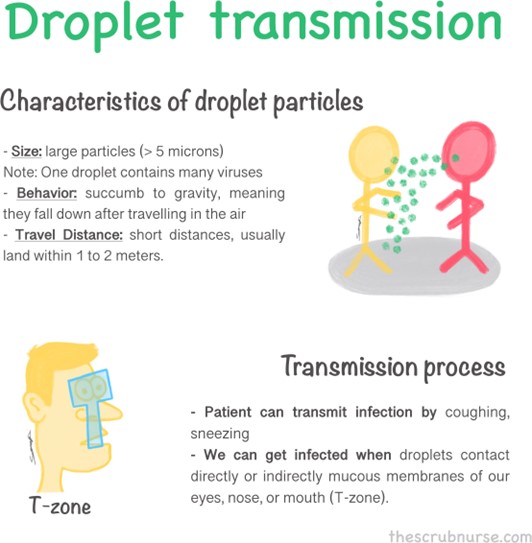A nurse is assisting with the care of a client who is receiving epidural anesthesia for pain management during labor. Which of the following actions should the nurse take?
Remind the client to void every 4 hr.
Encourage the client to alternate from side to side every 2 hr.
Raise the four side rails on the client's bed.
Monitor the client's blood pressure.
The Correct Answer is D
Choice A reason:
The nurse should not remind the client to void every 4 hours because epidural anesthesia can cause temporary loss of bladder sensation, making it difficult for the client to know when to void. Instead, the nurse should use a bladder scanner to assess for urinary retention and encourage the client to void regularly.
Choice B reason:
Encouraging the client to alternate from side to side every 2 hours is not directly related to the administration of epidural anesthesia. This action is commonly advised for clients who are on bed rest to prevent pressure ulcers and promote circulation. However, it is not specifically necessary for the client receiving epidural anesthesia for pain management during labor.
Choice C reason:
Raising the four side rails on the client's bed is not necessary in this situation. The use of side rails should be based on the client's mobility and risk assessment for falls. If the client is receiving epidural anesthesia, they may experience reduced mobility, but the decision to use side rails should be made on an individual basis, not solely based on the anesthesia.
Choice D reason:
Monitoring the client's blood pressure is a crucial action when a client is receiving epidural anesthesia. Epidural anesthesia can cause a drop in blood pressure, leading to hypotension. By regularly monitoring the client's blood pressure, the nurse can detect any significant changes and take appropriate actions to maintain hemodynamic stability.
Nursing Test Bank
Naxlex Comprehensive Predictor Exams
Related Questions
Correct Answer is D
Explanation
Choice A reason:
Brown in color. The rationale for this choice is that a partial-thickness burn involves damage to the epidermis and the dermis but not the full thickness of the skin. It typically presents with redness, swelling, and blisters. While the burned area may have some discoloration, it is more likely to be red or pink rather than brown. Brown coloration would suggest a deeper burn involving the full thickness of the skin and potentially underlying structures.
Choice B reason:
Leathery appearance. This choice is not expected in a partial-thickness burn. A leathery appearance is characteristic of a full-thickness (third-degree) burn, which involves the destruction of the epidermis, dermis, and potentially deeper tissues. In a partial-thickness burn, the skin may appear red, swollen, and blistered, but it should not have a leathery texture.
Choice C reason:
Visible ligaments. This choice is not indicative of a partial-thickness burn either. Partial- thickness burns primarily affect the epidermis and dermis, but they do not extend deep enough to expose ligaments or other structures below the skin. Visible ligaments would suggest a full-thickness burn or an injury that extends beyond the skin layers.
Choice D reason:
Blister formation. This is the correct choice. Blister formation is a common clinical manifestation of a partial-thickness burn. The injury causes fluid accumulation between the layers of the skin (epidermis and dermis), leading to the formation of blisters. The blisters may be filled with clear fluid and are usually painful and sensitive to touch.
Correct Answer is B
Explanation
Choice A reason:
Airborne precautions are implemented for diseases that spread through small airborne particles, such as tuberculosis or measles. These diseases can remain suspended in the air for extended periods and be inhaled by others. Pertussis, also known as whooping cough, is primarily spread through respiratory droplets when an infected person coughs or sneezes, making airborne precautions unnecessary.
Choice B reason:

Droplet precautions are appropriate for illnesses that spread through respiratory droplets produced when an infected person talks, coughs, or sneezes. Pertussis falls into this category as it is transmitted mainly through respiratory droplets. By implementing droplet precautions, the nurse will minimize the risk of transmission to others, including healthcare workers and other patients.
Choice C reason:
Standard precautions are the baseline infection prevention practices used for all patients to prevent the spread of infections in healthcare settings. While important, they may not be sufficient to control the transmission of pertussis, as it requires additional measures like droplet precautions due to its specific mode of transmission.
Choice D reason:
Neutropenic precautions are used for patients with compromised immune systems, particularly those with low white blood cell counts (neutropenia). The purpose is to protect these vulnerable individuals from exposure to infectious agents. However, pertussis precautions are different and do not fall under the neutropenic category.
Whether you are a student looking to ace your exams or a practicing nurse seeking to enhance your expertise , our nursing education contents will empower you with the confidence and competence to make a difference in the lives of patients and become a respected leader in the healthcare field.
Visit Naxlex, invest in your future and unlock endless possibilities with our unparalleled nursing education contents today
Report Wrong Answer on the Current Question
Do you disagree with the answer? If yes, what is your expected answer? Explain.
Kindly be descriptive with the issue you are facing.
